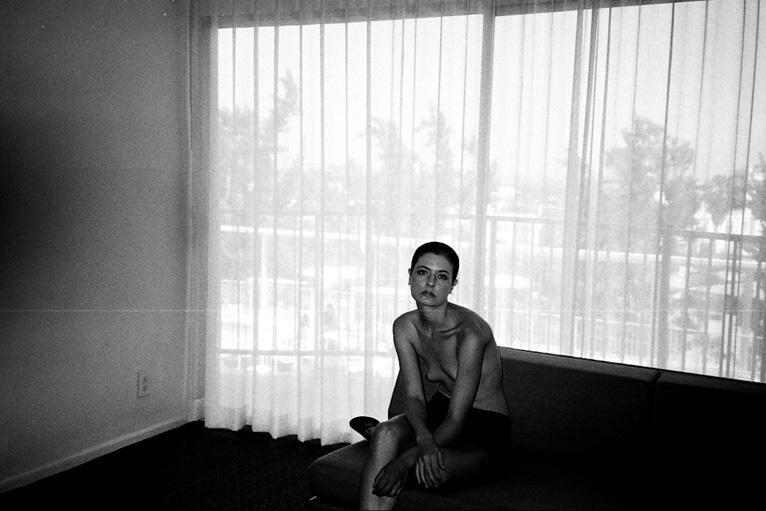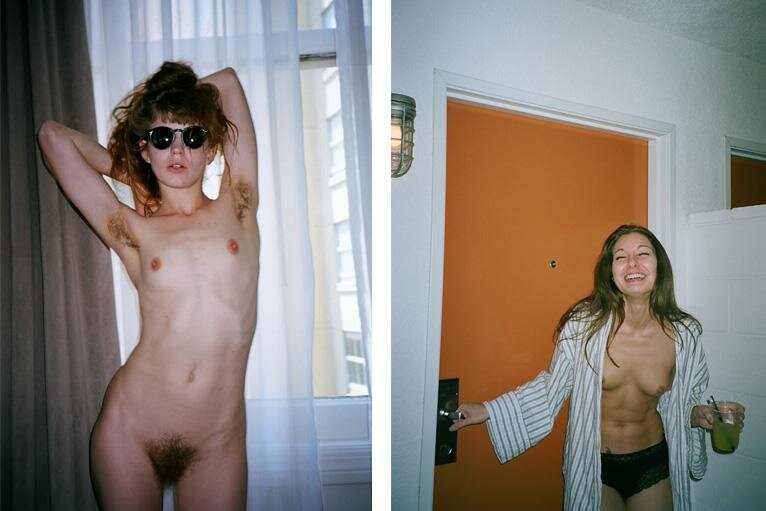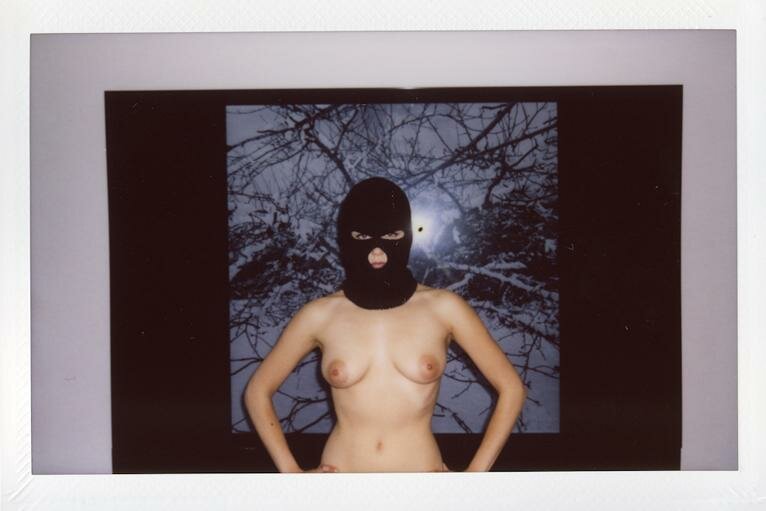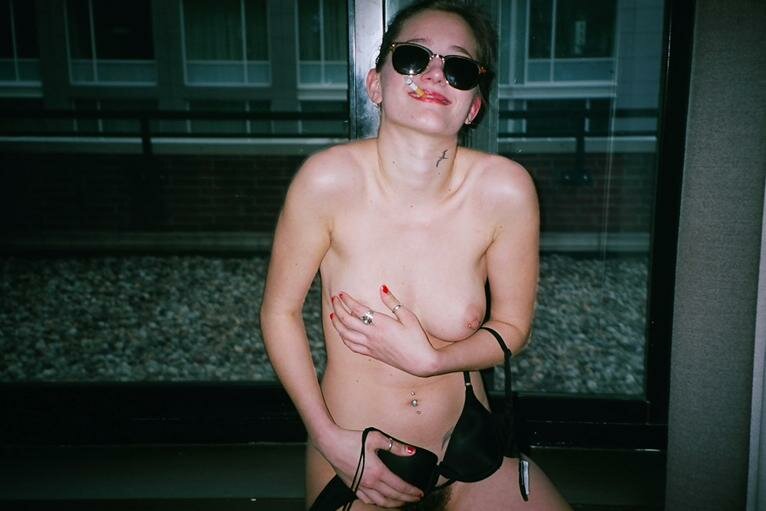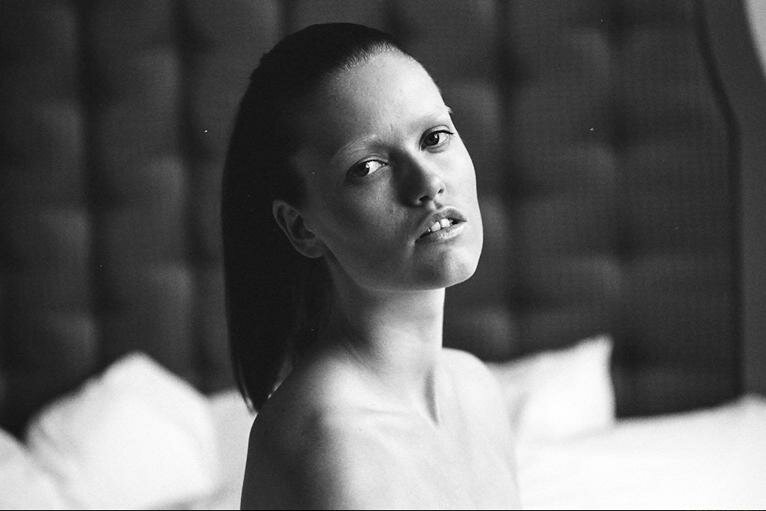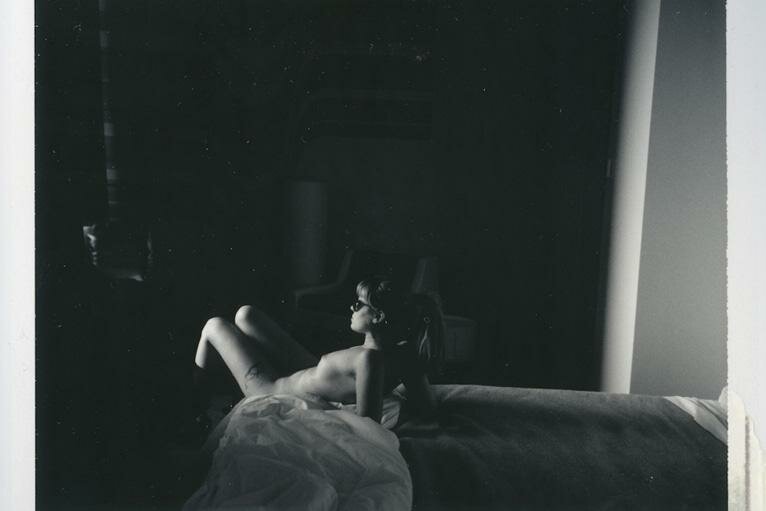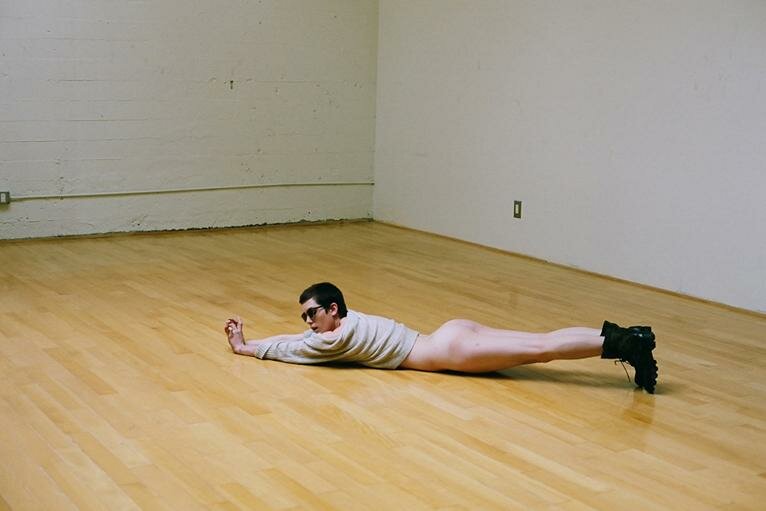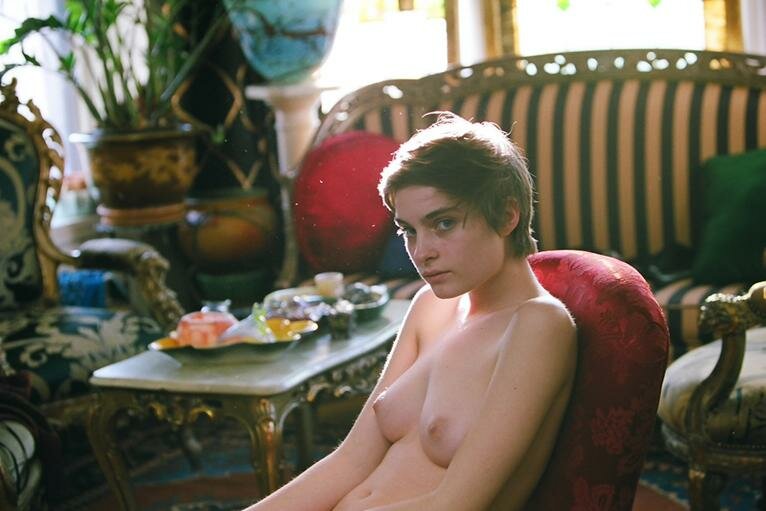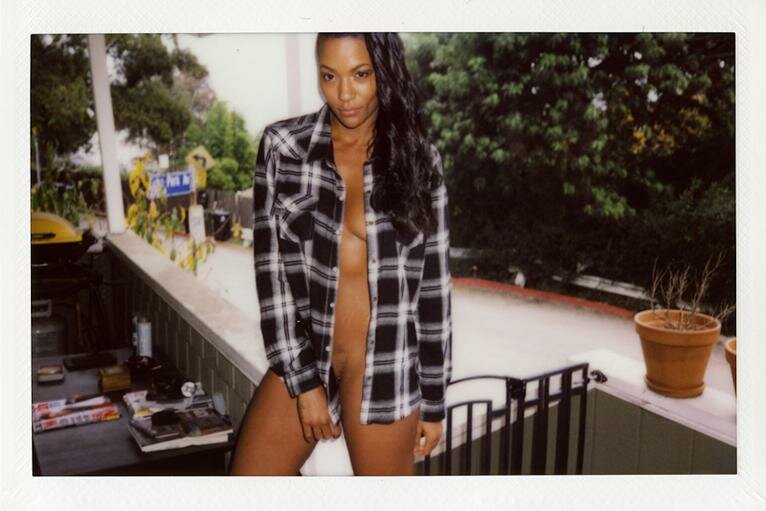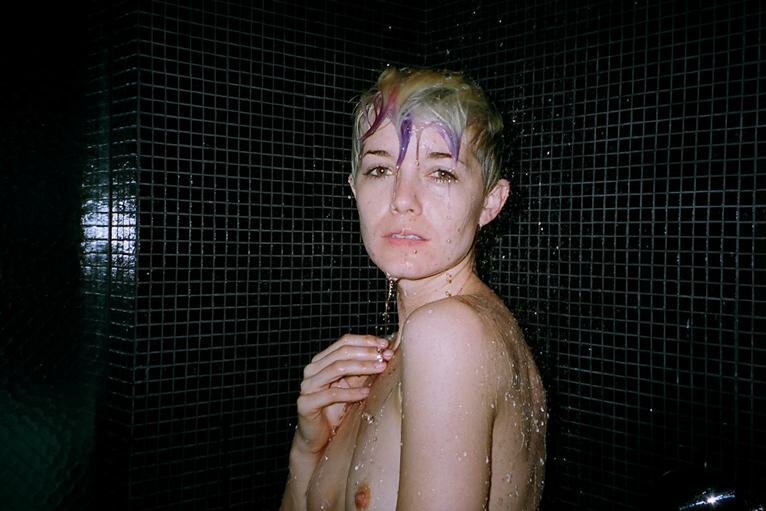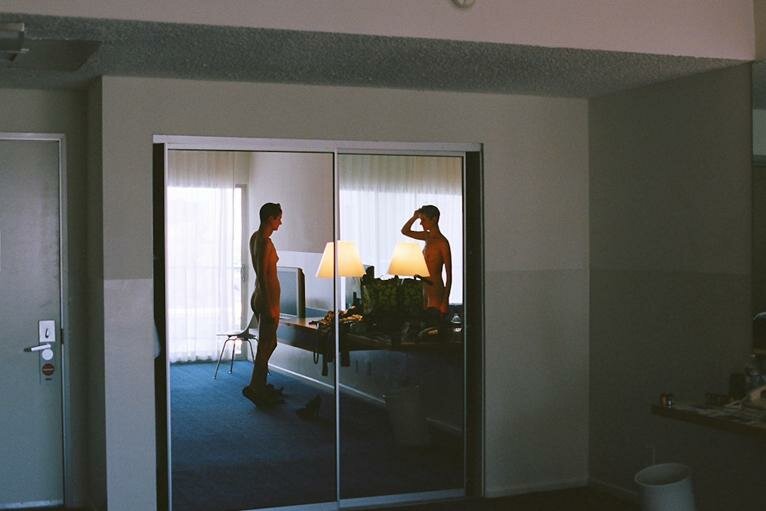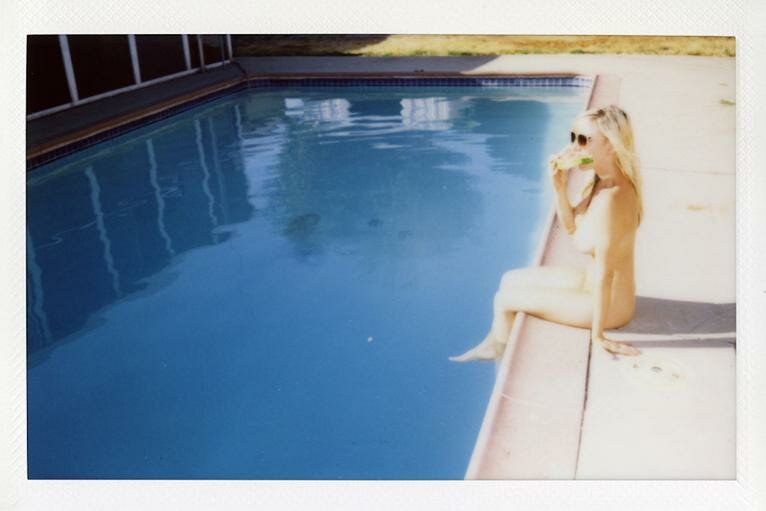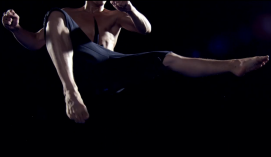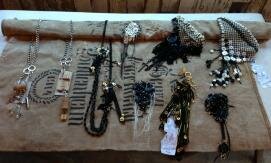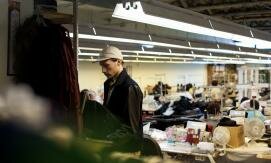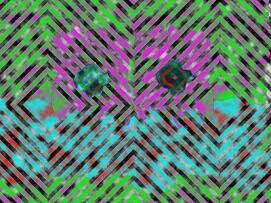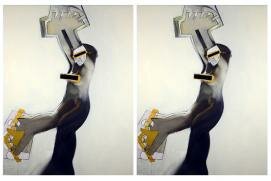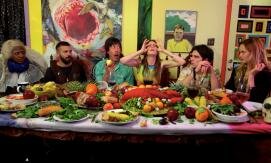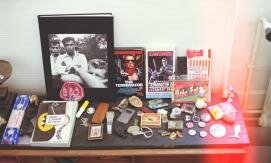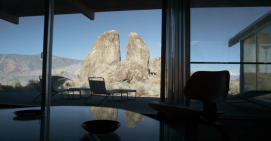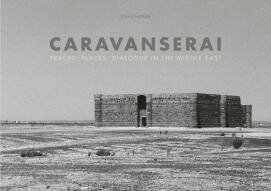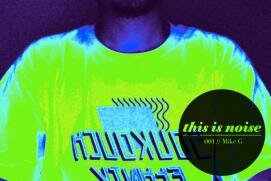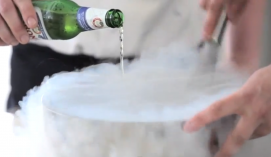- 1
- 2
- next ›
- last »
I believe I started off the same as many, assuming that Giovanni Lipari merely started his photographic project The Death of Youth as a way to get women naked. In speaking with him about the series, which has been picked up by Purple Diary, Taschen for their Newest Erotic Photography book and countless other blogs and websites - I have genuinely become fascinated with Giovanni's struggle with turning 30, his failed attempts at becoming a womanizer and whether he perceives what he has created to be art or pornography.
Megan Christiansen: Can you start my telling me about your background?
Giovanni Lipari: I was raised in a small community in Iowa. My background was quite unique for small town Iowa, as it was quite an eclectic community, which largely propagated the expansion of consciousness through self expression. This allowed my personal creative expressions to be nurtured as I matured. In addition, I traveled extensively with my family, exposing me to cultures from all over the world and broadening my creative curiosity. While I was growing up my family owned a photo studio that largely focused on mass-production, commercial photos. For this reason, the studio did not directly influence my artistic passion for photography, but it did, however, provide me with access to film and cameras at a very young age. I, like most Iowans spent my summers working hard. In addition, I studied film, literature and art at the University of Iowa. I also spent one year studying in Paris, which allowed me to appreciate art in general and to develop my own creative initiative to a greater extent. Today, I work as a commercial director in Los Angeles.
MC: So how did the project come about?
GL: After a few failed relationships, I realized that it was not longer really important to me to be in a “traditional” relationship. So, when I was about to turn 30 I decided that I would whole-heartedly try to become a womanizer, no matter the cost. I also decided that I would document this transformation in my life. Initially, this was not a photo project, but rather it was a to have a personal record of this process. Sadly, this attempt failed because I am not that smooth with women and I am not particularly attractive. This is why I decided to make this a project instead, which would sell the idea of my failed attempt. This series became a way for me to cope with my failed attempt and ultimately, it became a mode of catharsis for me. I have really thought extensively about the content of this project and how, as men, we have been sold what a “real” man is in society.
MC: What are you trying to achieve?
GL: I am not entirely sure what my objective is, but do I really need a goal? I did this project for myself first and foremost, but at the same time I have thoroughly enjoyed sharing it with the world. I have made an effort to learn about social marketing, blogs, Twitter, Facebook, Flickr and Tumblr. I found that the web is a great and egalitarian way to share personal work. I love how much great art can be found on the internet.
Of course, I would be thrilled to have my images displayed in a gallery or a photobook, but this type of achievement would be for my own ego’s sake.
MC: What is the big deal about turning 30?
GL: In reality, especially now that I am 31, I realize there is nothing very important about turning 30. However, this project was certainly a reaction to turning 30. As a man grows older, the pressure of finding a woman become more prevalent, and this can sometimes push people into relationships that are not right or good for either partner. Also, it seems that there is a stigma towards acting with a sense of youthful innocence and that I have to be more serious. I own a business, have a career, own houses, and pay taxes, like most adults, which truly reflects on what society deems appropriate for a 30-year old man. In my opinion, this is just one idea of what 30 truly is. It’s not a norm that is written in stone. On the other hand, when I act 30, according to society’s standards, it makes people take me more seriously and perhaps, I too take myself more seriously, all of which is probably the saddest part of this whole process.
MC: Is this porn or art? Do you think there is a difference between the two?
GL: I am not positive that there is a clear distinction between porn and art. Often the difference comes from a subjective opinion based on the viewer’s society, culture, religion, politics and family. In my opinion this project is not pornography, but to someone who has a different set of values it very well could be. I am sure this work could be seen as pornographic.
Personally, I believe pornography has no reflection of society’s values, but rather, it is used as a mechanism to take you somewhere erotic. I also believe, however, that pornography can be art and that these two subjects are not mutually exclusive. For example, most people consider Russ Meyer’s films to be pornographic, but in my opinion, Up! is one of the most interesting films ever made, and therefore, it is also artistic.
I am not sure that Death of Youth is considered art either. It certainly has a purpose, other than sheer eroticism, but does that make it art? I am not sure. Since it is not extremely graphic and the lighting gives a certain aesthetic quality, some people would consider these images as artistic nudes. Yet, the aesthetics of this project, such as the use of black and white and polaroids, are not really artistic in anyway. These were all choices that I made. I think that the project could have been much more beautiful and artistic, had I made those choices. Ultimately, it is up to every individual to decide what they think the project is.
Both have their function, art gets you off in a better way, porn just gets you off..... but who knows.... they both are great! Porn leaves nothing to the imagination.
MC: What has the reaction been like so far?
GL: The reaction has been positive. I have averaged about two interviews per week for magazines and blogs. Part of the series will be published in Taschen’s Newest Erotic Photography book, which will be released in September. I have also been featured in a few periodicals. Also the blog of Paris’ Purple Magazine releases a set once a week to share with its readers. In reality, I have only received a few criticisms for the project, most of which criticize women wearing sunglasses indoors. Ironically, this is part of the joke of the whole project. The theme is ridiculous, why take it too seriously?
Some of my friends and family joke that the whole project was just an excuse for me to get to see naked women, but I think that this ridicule is fair.
MC: Can you tell me a little bit about the process of working with the different girls, how do you go about it?
GL: The process of each shoot is really very simple. I only shot on film, which forced me to keep the shoots short, usually one an hour or two, due to the cost of film.
I told each girl that she was responsible for her own makeup and that she had to bring an outfit that represented their style, but more sexualized. Then, I just shot each woman as she removed her clothing.
I tried to converse with the models throughout the shoots by talking about everyday subjects, such as work, photography, movies, and relationships. I think that engaging in small talk kept the women more natural and candid because they don’t think about their body, pose, hair etc. In general, the shoots are very fun and fast because there is not a lot of posing or setting up for a shot. I maintained this style of shooting for all of the 100 women in this series.
MC: How have your desires changed from when you were young to being 30?
GL: I am not sure that my desires have changed as much as my expectations have since turning 30. I still desire to be the adventurer, playboy, and explorer that I showed in the series. However, now I realize that I should not expect this lifestyle to be a reality. This type of life is usually manufactured to sell something like cars, clothes, alcohol, cigarettes, and so forth. So, I guess, coming to terms with this reality has very much changed my expectations.
MC: Has your attitude towards femininity and beauty changed over the course of the project?
GL: I think that my attitude has shifted to some degree during the course of this project. At this point, I have seen so many nude women and discovered that beauty is can be wonderfully expressed in so many distinct ways. I think that my personal tastes have expanded to appreciate different types of beauty and femininity. I have found whether a woman is big, small, tall or short that she is very feminine and beautiful, as opposed to the normal model classification, which only allows tall and skinny women to be “beautiful.”
MC: What have you learnt from living this "playboy" lifestyle?
GL: I think that many people misunderstand the reality of this project. I did not live the “playboy” lifestyle at all. All of the images represent a completely manufactured persona that I created through the images. When people view the project they ask themselves questions such as, “who is the photographer?” “How does he get all of the women naked?” “Are they his lovers?” The questions are the purpose of the project. The reality is that it is fake. Just like an advertising campaign, which sells something that is desirable, I have sold this manufactured way of living. The fact that you asked this question attests to the fact that most people believe I lived this way throughout the series, which ultimately demonstrates that I succeeded in my pursuit.
MC: Finally, what is your definition of sexy?
GL: I think that this definition is obviously very subjective and personal. I am not sure I can define “sexy” because my opinion is always changing and I find many new and different things sexy every day.
Megan Christiansen
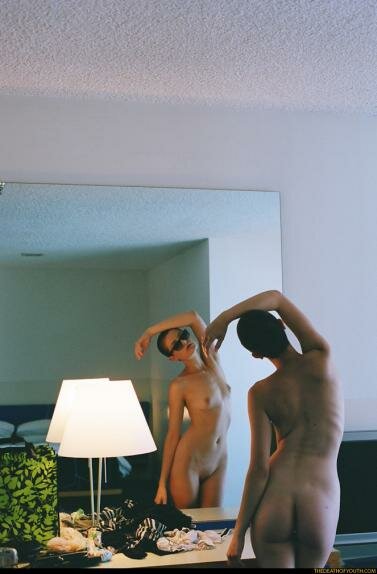
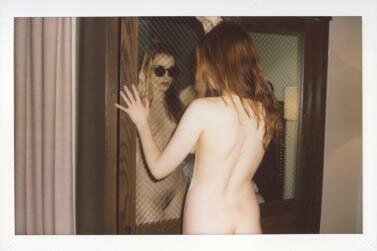
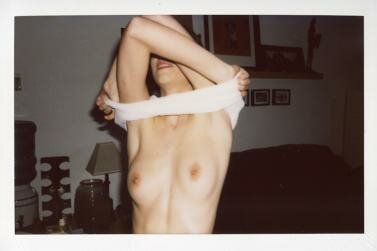
end








